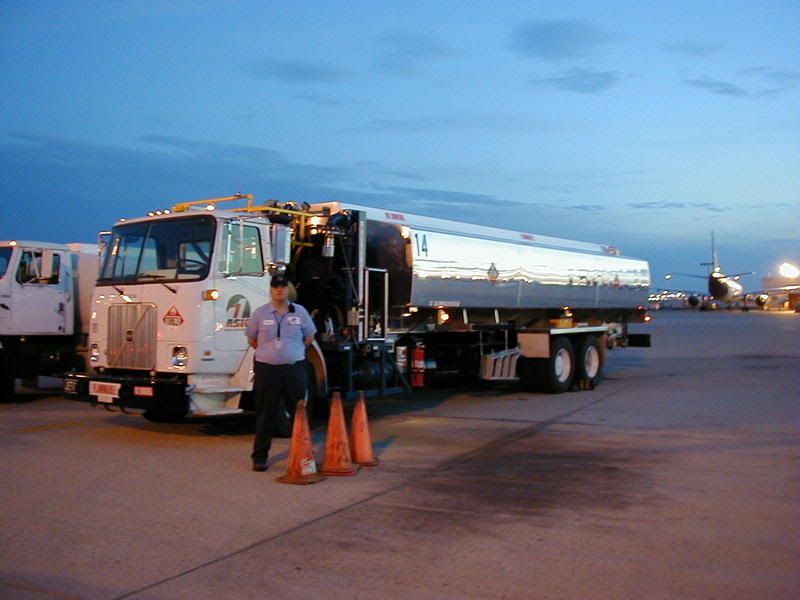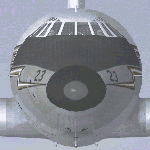But you still get the TAS for your flightplan and other stuff that asks for TAS though right? That's the point I was trying to make.DispatchDragon wrote:No Chris I dont - I set up the flight plan for best mach for ALL in the information I load in and the nice little program firgures the TAS for me -
Once upon a time many many years ago I actually did the conversion with
an E6b but these days I dont need to - just as 100% of Major Carrier Dispatchers dont - anyway I can do a quick wag and give you what .88
comes out to still air and ISA
Leif
Anyway, I'll let it rest, but I was trying to make the point that FlyNET isn't asking for a Mach Number, it's asking for a speed in Knots. If we need to convert it, fine, but a Mach Number is useless to me for the purposes of FlyNET.












